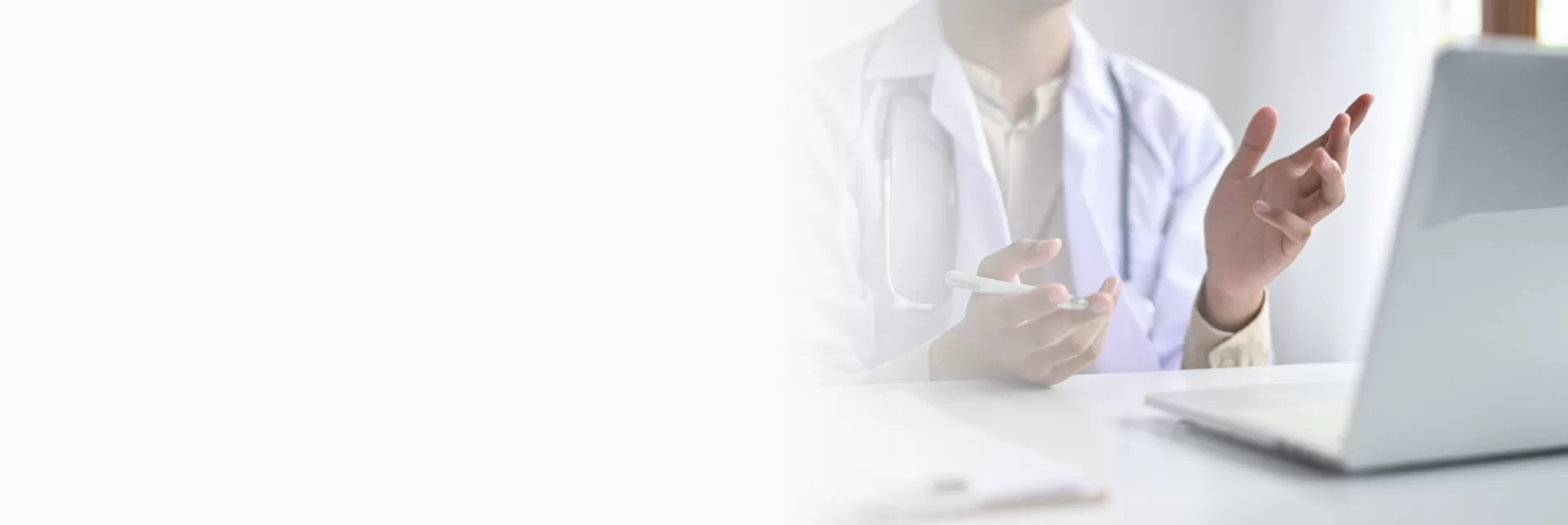
Hypertension
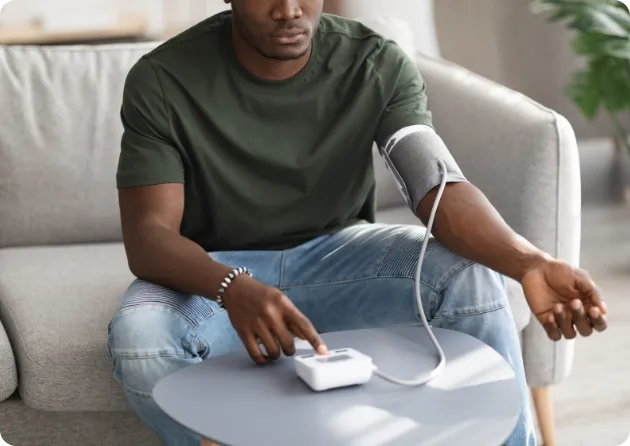
Monitoring Your Blood Pressure
Many healthy behaviors (stopping smoking, eating better, getting active, and losing weight) do not require any input from a health care professional. Health care professionals can help patients live longer and healthier lives with more aggressive blood pressure control. Patients can check their blood pressures at home and the Health Care Remotely can track blood pressures without a face-to-face visit and adjust medications as needed. This page walks through the different steps to set up home blood pressure measurements with our practice.
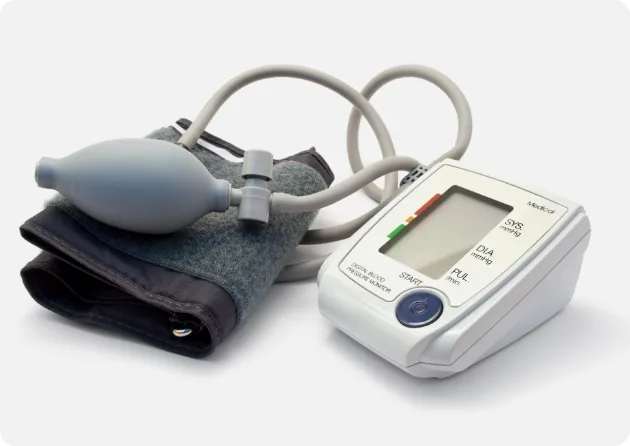
Get the right blood pressure cuff for you
Measure the distance around your upper arm halfway between your shoulder and elbow. Most cuffs are listed in centimeters instead of inches.
Choose a validated blood pressure cuff. There are at least two groups (US Blood Pressure Validated Device Listing and Stride BP) that use international standards to verify blood pressure machine accuracy. The A&D Medical Essential Blood Pressure Monitor (UA-651) is approved by both groups, accommodates nearly every arm size and, as of September 2023, costs about $37 on Amazon.
Most professional groups do not recommend wrist or finger blood pressure monitors as they are less reliable than machines with upper arm cuffs.
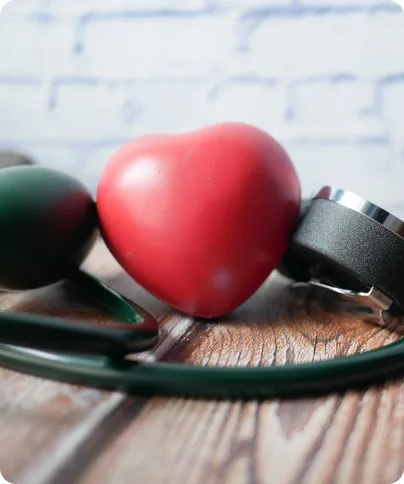
Tips for getting an accurate blood pressure reading
- Do not eat or drink anything 30 minutes before you take your blood pressure.
- Empty your bladder.
- Sit in a chair where your back and feet are supported for at least five minutes before the first reading.
- Sit in a chair where your back and feet are supported. Keep your legs uncrossed.
- Wrap the cuff around a bare arm (placing the cuff over clothing can falsely elevate the reading).
- Support the arm at heart level (e.g., keep it resting on a desk or table).
Take three measurements one minute apart. Ignore the first reading. You can average the second and third readings for your measurement at that sitting. It is helpful to measure your blood pressure the same time every day you decide to measure your blood pressure.
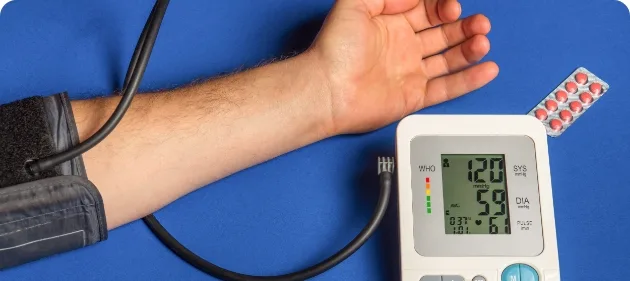
Initial monitoring schedule
- If we decide that you might benefit from blood pressure monitoring initially, we would like you to record blood pressure twice a day for seven days: once in the morning and once in the evening.
- For patients with well-controlled long-standing hypertension, we might recommend seven days of twice-a-day measurements once every three months.
- Email the blood pressure measurements to clinical@hcremotely.com.
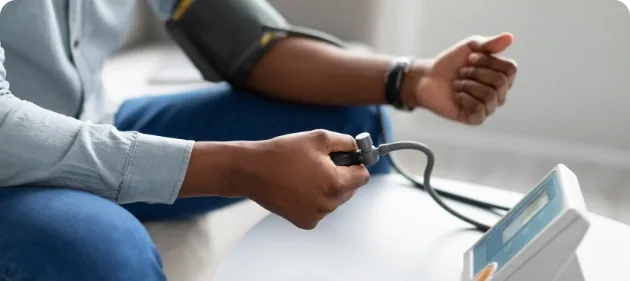
Goal blood pressure by home monitor
- For patients under age 60, the goal systolic blood pressure by home monitor is less than 125 mm Hg.
- For patients 60 and older with chronic kidney disease, coronary artery disease, diabetes OR peripheral vascular disease, the goal systolic blood pressure by home monitor is less than 135 mm Hg.
- For patients 60 and older without chronic kidney disease, coronary artery disease, diabetes OR peripheral vascular disease, the goal systolic blood pressure by home monitor is less than 145 mm Hg.